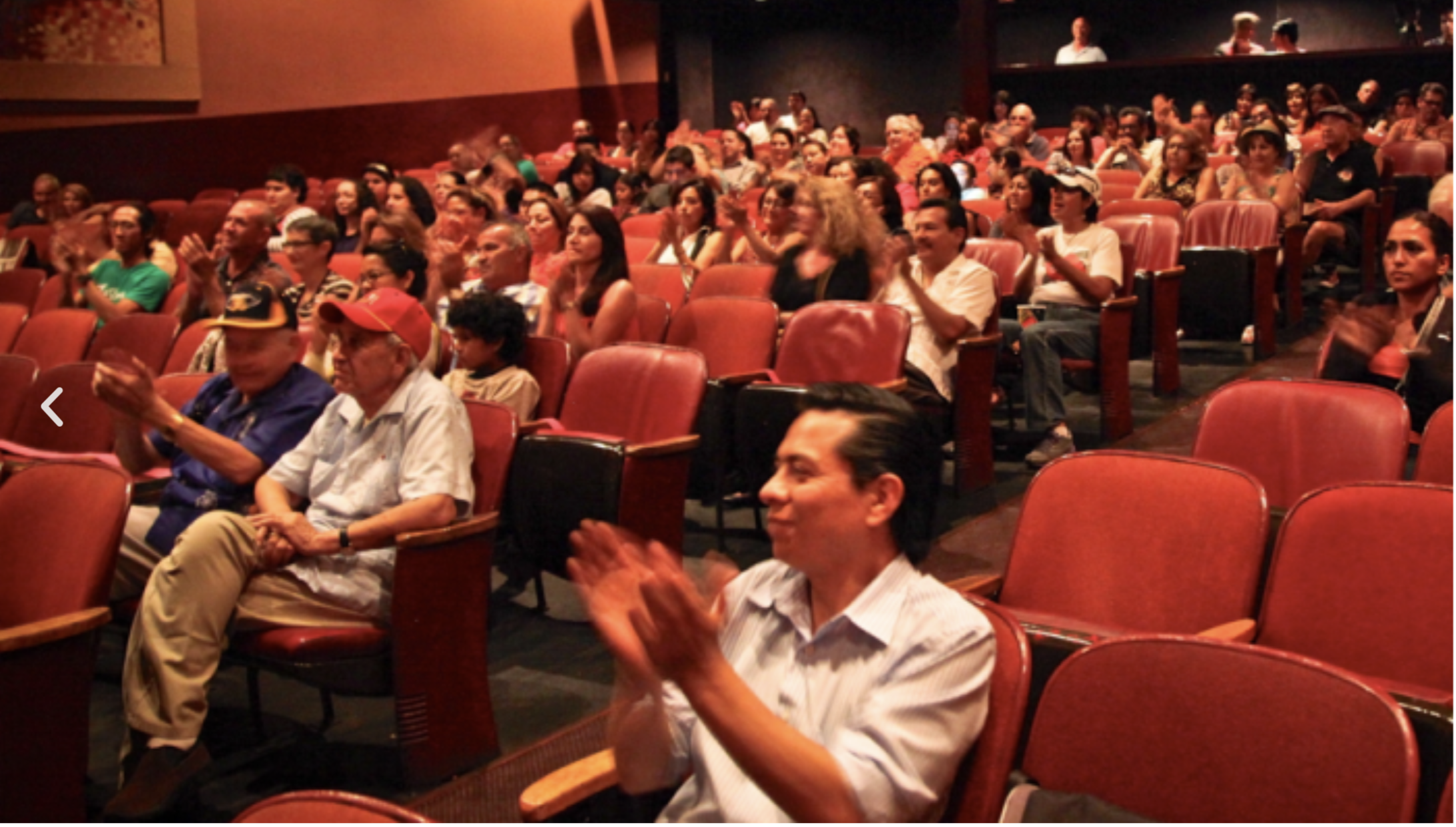
Now in its 11th year, the OC Film Fiesta is an annual film festival that is held in Santa Ana, CA with the goal to celebrate and uplift Orange County’s multicultural and Latinx heritage. The festival co-founders, Victor Payan and Sandra “Pocha” Peña are passionate in connecting community, issues and cinema as they relate to the Latinx community. They understand Orange County as a rich, historical gem in Latinx history and are eager to share its legacy with the world. “Through the film screenings and discussions we can not only discuss the historical erasure and the contemporary erasure but also the vibrancy of the community that is here.” says Payan.
*This interview has been edited for length and clarity
Q: Tell me a little bit more about the OC Film Fiesta. How has the OC Fiesta evolved since its inception?
V: The OC Film Fiesta started in 2010, as an opportunity with the City of Santa Ana. They put out an RFP (request for proposal) to submit proposals for film festivals. We worked together on the San Antonio CineFestival and the San Diego Latino Film Festival and since Sandra is from here, she said “I want to do a festival in my hometown because they don’t really have one.” So we submitted a proposal, got a little bit of money and it wasn’t much. It started as a free community festival — always kind of a cinematic celebration of Orange County’s multicultural history and Santa Ana’s Latino heritage. But the idea was that the Orange County that you see in the media — kind of like the Real Housewives of the OC, surfers, etc. — wasn’t the real Orange County that you see when you walk around. But the media perception is that it’s all white and all rich and there’s a lot of working class immigrants out here. So we wanted to address that disconnect, but also celebrate what made that community contribution so special, cultural contributions conversations in film that reflected community issues. So the first year it was the anniversary of the Mexican Revolution, and Mexican Independence, so we did a lot of films about the Mexican Revolution but from an international perspective so there would be Russian films, British films, French films, American films, Mexican films to show that this was a broader conversation that what people think — that here’s a real cultural dialogue that had an international impact. Especially Latino film and Mexican film are doing that today — when you are looking at something like Roma, or Y Tu Mama Tambien, or even farther back, Like Water For Chocolate, just how much that opened up avenues for people — some really amazing film, great actors, great filmmakers that even to this day that aren’t being recognized in mainstream Hollywood. The representation is very, very meager. It was five years of free festival and then we started as a tickets festival to add more venues.
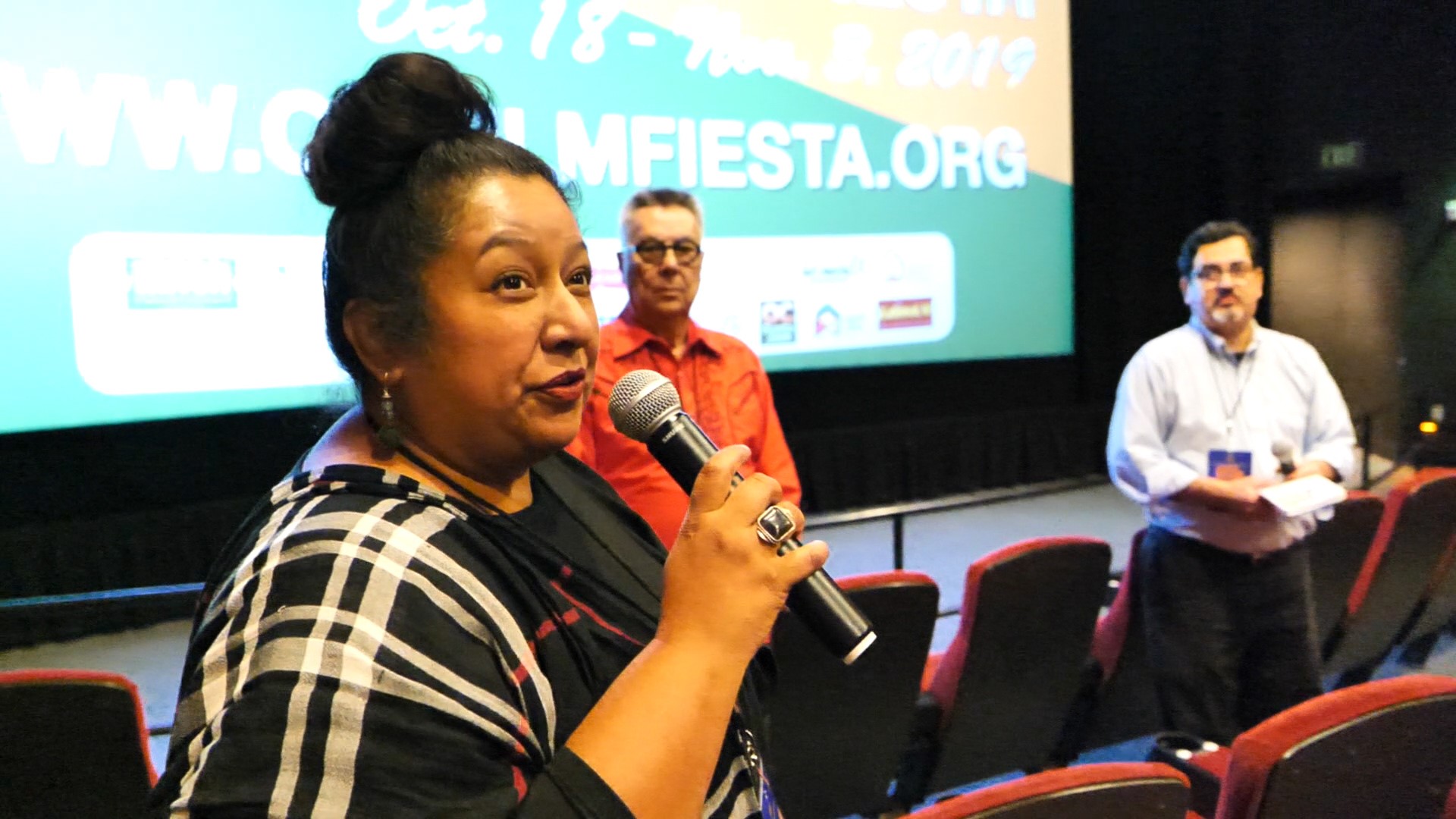
S: So Santa Ana had this Cinco De Mayo Festival and Mexican Fiestas Patrias Festival. The Cinco De Mayo Festival I think went on since the 1930’s or 20’s– I think (that is when) the first permit was pulled. And because of the downtown boosters, those boosters were really advocating things to change to cater a new population.That was the narrative — that there were things with the population that was there already– that they were not being accommodated. The city issued an RFP for a film festival to be a point of entry for people that were not familiar with the Fiesta Patrias Festival and couldn’t engage. Like “Here’s something for you!” That first year — that’s why we thought it was so important to examine the Mexican Revolution from a multicultural perspective. I think we programmed five films from five different nations. From Russia with I Am Mexico, France with Viva Maria, with Bridgette Bardot who plays an Adelita, and then we had the Hollywood treatment with Viva Zapata and we had a Mexican film which was Memories of the Porfiriato which was a documentary– really, a lot of archival footage from that period. So we had all these perspectives on the same event, and I think we wanted through film, open up those cultural avenues. I think that’s the through line we’ve had to this day, we open up different cultures, different experiences to the general public through this vehicle of cinema. That is an immersive experience because you see it, you hear it, you feel the motions , you have a sense of solidarity with the audience. That’s what we wanted to bring to my hometown. I’ve been doing a lot of work my whole life outside of my hometown, in the big cities. In LA, in San Antonio, San Diego and Europe and South America. It was a great opportunity to take all those connections and that film knowledge and customize it for my hometown for my city.
V: Also, touching on the point that you were talking about the downtown boosters. Santa Ana has a really strong cultural heritage and I think that at that time there was this idea that it needed to change. It was during the recession and that the argument for the boosters was that we needed to bring in people with money who would spend and a demographic of Santa Ana wasn’t really suitable to make it thrive. At a time when the Latino market was being celebrated as the highest, like 1.7 trillion —
S: More than South Coast Plaza! (South Coast Plaza is a shopping center in Orange County and the largest shopping mall in the West Coast)
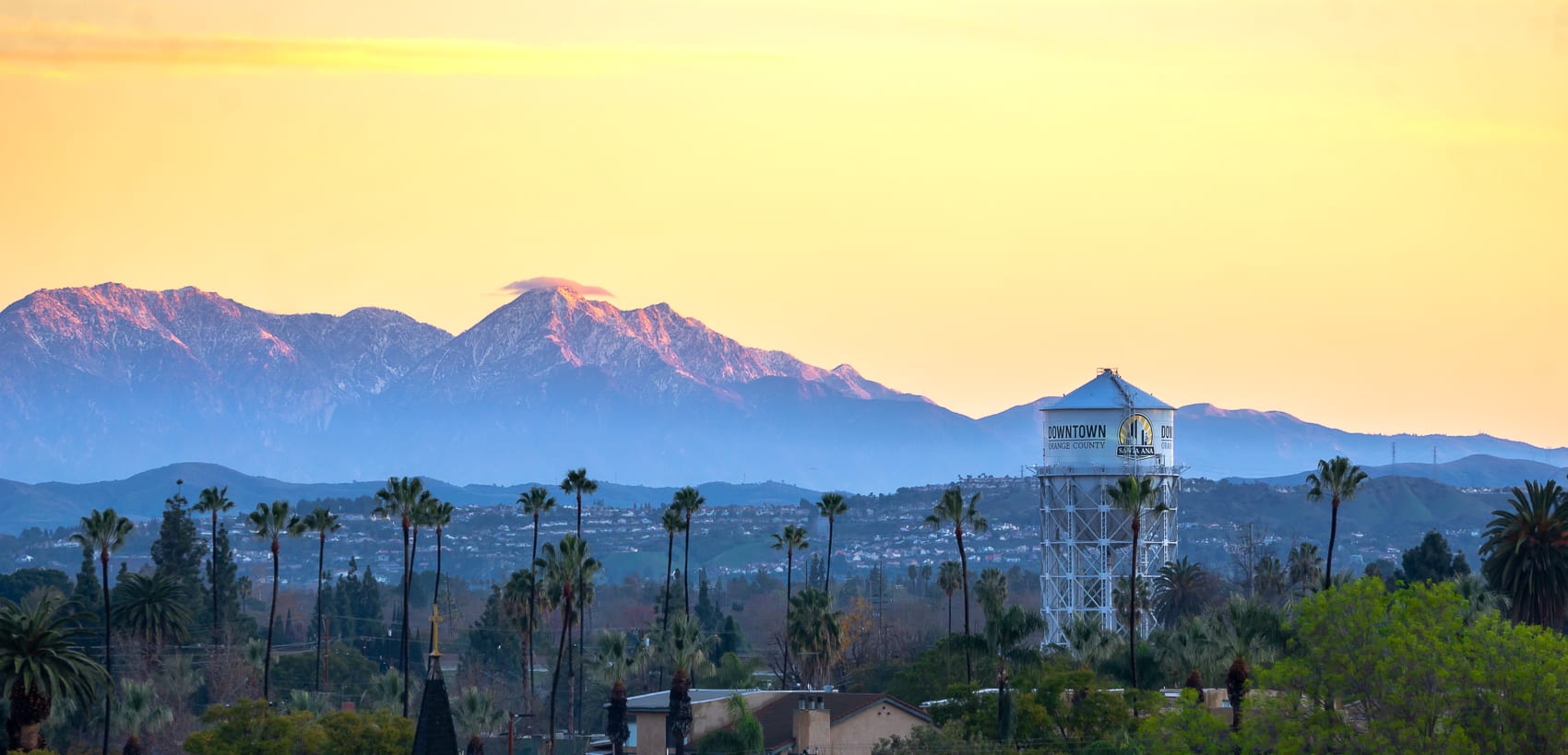
V: Santa Ana had more than South Coast Plaza — the big expensive center, but nationally the Latino community was the driving force of the community and the argument was that, “Oh now we need to get rid of them because people want to go to trendy bars and such.” So it was important for us to have a festival that appealed to and empowered the local community so we would have films and conversations about things like gentrification, like homelessness, like health issues and work with community organizations.
During our first phase, that was an important part of the festival to really reflect community issues and then we started to get some really amazing films and we were known as the festival that could get films that nobody else could. Like we got Roma, and we were really excited about that.
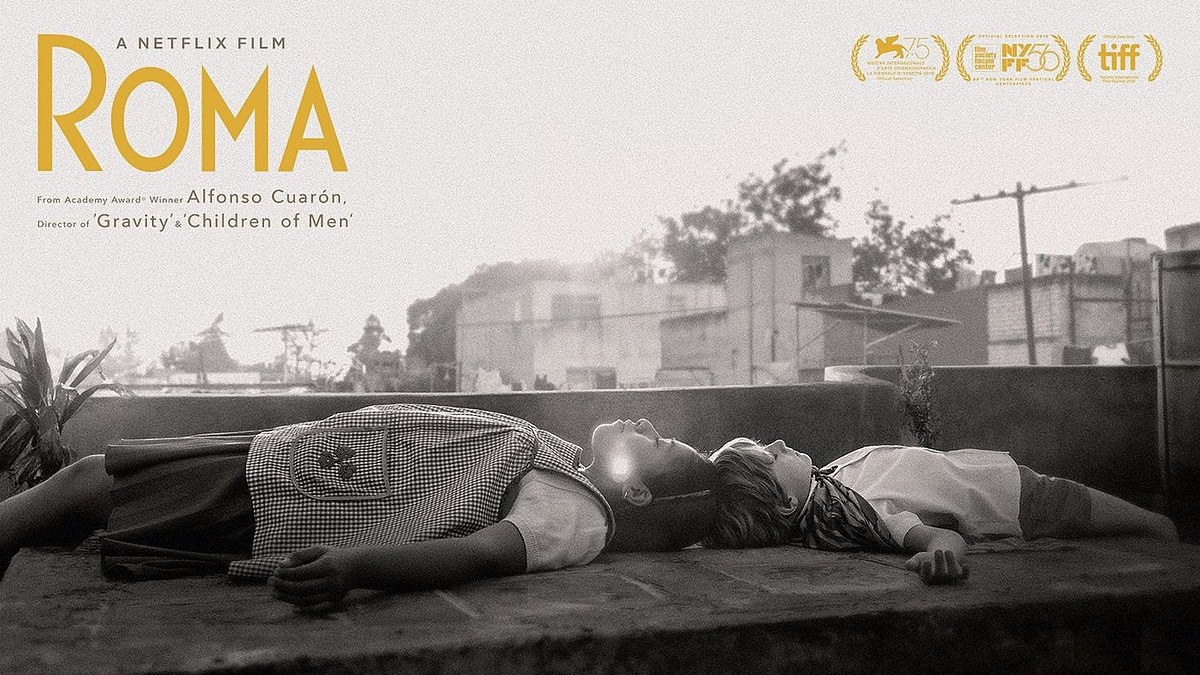
S: We were the official Academy screening for Orange County for Roma!
V: And I don’t know if you saw a film from Guatemala called Ixcanul and it was like (everyone asked) how did you get that film? And then we got Peter Greenaway’s Eisenstein in Guanajuato which is a really cool film. So the quality of the programming gave us more visibility, but we still like keeping those connections to the local community and conversations. Especially this year since it’s an election year. Democracy is our focus this year, we always focus on a cultural community and issue. There is a great cinematic history here that goes back to the silent era, that includes Chaplin, and Lucy and Ricky and John Ford and Rita Hayworth. Even more recently Marlon Brando, Diane Keaton, Steve Martin and Will Ferrell, so how could you not want to build a film legacy on that?
S: That’s something we used to spotlight every year we would get an actor to impersonate our local cinema legend for the year. That was something that as we were getting bigger titles, it was harder to keep that component alive. There are a lot of people that were involved in the golden age of Hollywood and the silent era in Orange County and Santa Ana. I think as we moved forward and kind of away from these industrial uses of our cities and we start to think of Santa Ana as a coastal city, as we start to pivot to new uses for our land, I think that preserving our history and celebrating that unique heritage that we have as a region is important. Not everywhere can we have the historical legacy that this city has.
V: Anybody can open a trendy bar but can you sit the space y’know, where Charlie Chaplin sat or walked the streets that John Ford walked in.
S: Or Cantiflas! Or Lucille Ball! Desi Arnaz!
V: Talk about the Pedro Infante story!
View this post on Instagram
S: There’s so many stories about what if’s what could have’s. The Yost Theatre was one of the first theatres, or the first theatre– it used to be a vaudeville theatre before it became a movie theatre. During the 30’s it was the only theatre that was available for Mexican Americans to go to and be allowed to. There was a lot of segregation.
V: And it was more of an agricultural community back then.
S: Our population was not allowed in certain parts of the town to live or visit. To go to the movies, I heard there were busloads of regional farmworkers that would be bussed into The Yost and they would watch Mexican movies. A Lot of the Mexican stars would come to Santa Ana — like Pedro Infante, and they would actually make personal appearances. This was huge in that era for our community! We were the big center of culture and we had the largest population and concentration of Mexicans in Orange County in the region. With Pedro Infante, the line was so long — because he insisted on kissing every woman who was in line and the women would pass out and the theatre staff would have to pull them out of the way so they wouldn’t get trampled. But I heard that line went all the way down to Main Street almost. Like two or three blocks.
V: Tying that conversation to the conversation through film, through spaces, having screenings not just in theatres but in historic spaces, y’know calling attention to that, reliving celebrating that story is important to us because you see it in other cities but you don’t really see it in Orange County.
Q: What have been some of your favorite moments or things you are most proud of throughout these years?
S: Dolores Del Rio! We found this old, I think it was the first movie that Dolores Del Rio ever did and it was found in Russia somewhere.
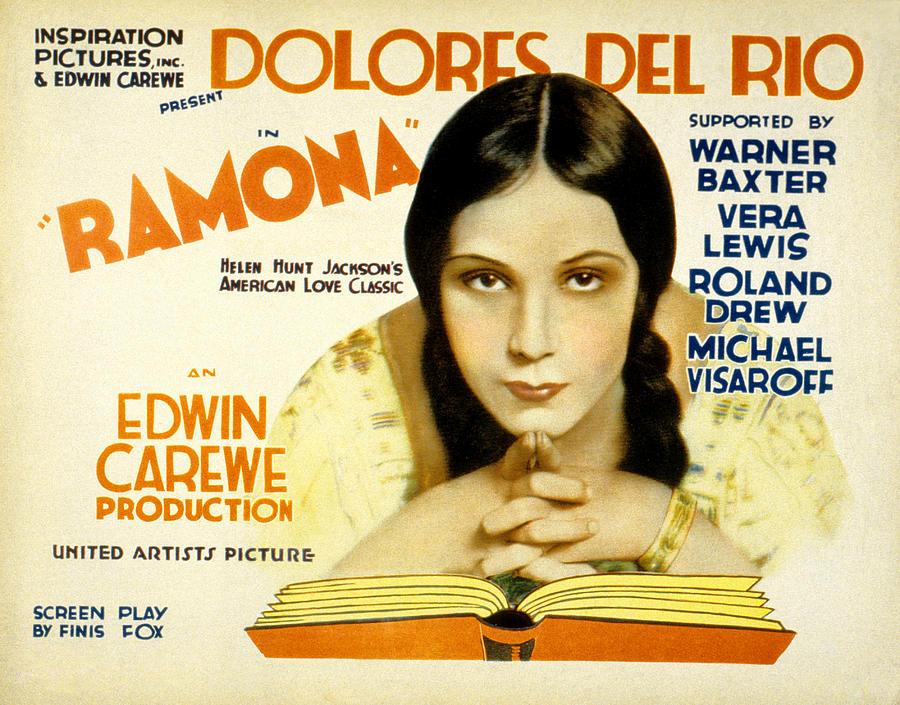
V: Can I tell the story?
S: Yeah! I just want to say that the festival was able to finance the original score being restored by two composers and then performed live before a studio audience. It was such an amazing event. Everyone was crying. It was such a high caliber event.
V: But this is an example of what we try to do with the festival. This is one where we hit it out of the park. So like Pocha said, we scout films all year. We had heard for a couple of years that this lost Dolores Del Rio film was being restored. So we were tracking it and wanted to show it. It was Helen Hunt Jackson’s Ramona which is set in Orange County. It was written to bring attention to the plight of the Natives in Old California in mission system but what it ended up doing is being this romantic lightning rod for all these people to come to romantic Orange County. It really jump started Anglo movement to Orange County, which is the opposite effect!
But Dolores Del Rio was in this film and it was written by Native American brothers and the only reason it survived — the only print in existence was found in a Czechoslovakian (currently Czech Republic) vault. The government of Czechoslovakia contacted the US government and said “ I think you might want this film. We found it we don’t know how we got it.” In tracing the story, what happened was that it was a huge international success and it was recorded in like eight languages, I think in German too, which is how it ended up in Germany. During WWII, the Nazi’s took this film and put it in their vault for safekeeping and then when the Russians stormed Berlin they took it to Russia and it stayed there for like 40, 50 years. And then they loved it there, but when the Americans got it, it wasn’t the original silver nitrate. The Russians had duplicated it, and the only reason it had survived was because the Russians had copied it in their film stock in the 50’s. Otherwise we would not have that film at all! When we screened it, we had two composers combine silent movie mission music and indigenous music into a new score based on the existing sheet music for that film. Packed house, people were crying! I remember the one thing that most touched me was that people would come after the film and going that’s my story, my family was here in the 1800’s and to see it up , brought my experience to life. So that’s what we try to do, when we make that connection span 200, 300 years with a film.
Part Two of this Interview featuring Orange County Latinx Film Programs, more history and OC Film Fiesta Stories Coming Soon! In the meantime check out some of our other interviews!